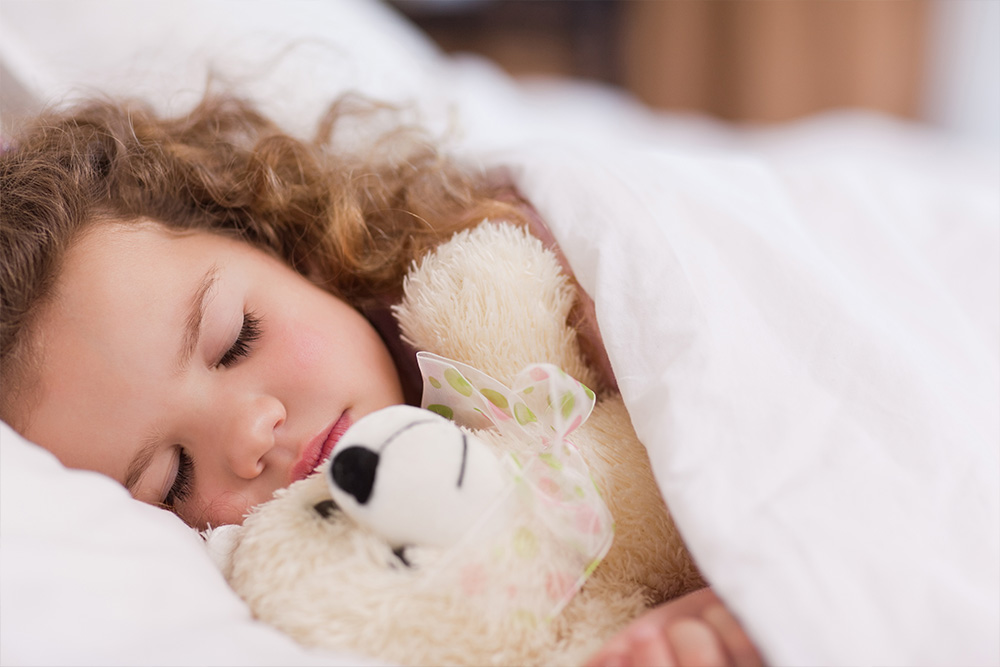If your child has sleep apnea, you may have noticed some unusual symptoms.
While the most common symptoms of sleep apnea in children include snoring, restless sleep, pauses in their breathing during sleep, mouth breathing and coughing or choking in the night, there are a number of other signs that may surprise you. Read on to find out more about some of the lesser known signs of the condition…
Your child wets their bed
Although bed wetting is common in young children, it is generally considered a problem if it occurs twice or more times per week after the age of five years old. In fact, the issue has a name — sleep enuresis — and is generally more common in boys than girls. In many cases, sleep enuresis is caused by a number of factors, including having a particularly small bladder, an inability to recognize a full bladder, a urinary tract infection, and other health issues like diabetes. The issue can, however, be a sign of sleep apnea, so we recommend that you bring your child in for an assessment if bed wetting has become a problem.
Your child is a sleepwalker
Sleepwalking affects around 10 percent of children between the ages of three and 10 years old, often peaking at around the age of five. Generally, the issue becomes less frequent as children reach adolescence. The cause of sleepwalking is not always clear, but research shows that it is sometimes a sign that your child may have sleep apnea. When children with sleep apnea wake briefly to resume normal breathing, they may find themselves in a state of consciousness that makes them more prone to sleepwalking.
You’ve noticed excessive sweating
If you have noticed that your child wakes up sweating on a regular basis, it could be a sign that that they are suffering from a breathing problem during sleep. Sleep apnea often causes a decrease in oxygen levels and increased blood pressure and heart rate, as well as a spike in stress hormones, which can cause excessive sweating. If your child often wakes up with sweat-soaked pajamas and sheets, we recommend that they come in for an assessment.
You’re aware of growth problems
It’s likely that you take your child for regular check-ups with a pediatrician, in which case their height and weight will be measured. These measurements are often placed onto a growth curve graph to show your child’s rate of development. If you or your pediatrician has noticed that your child has fallen off the growth curve — their height and weight percentiles have not remained stable — it could be a sign that your child is suffering from sleep apnea. Good quality, restorative sleep is very important in aiding your child’s growth and development, so when sleep is frequently disturbed, such as in the case of sleep apnea, too little growth hormone is released, and your child’s growth trajectory may be affected.
Your child takes naps often
While it is quite normal for infants and toddlers to take regular naps, there should come a point in your child’s life when daytime sleep is no longer essential. Usually, babies of about 12 months old nap once or twice a day, while at 18 months they need to nap just once a day. Often, by the time children reach school going age, naps are no longer a necessary part of the day. If your child continues to need to nap at this age, or they suddenly begin napping more than usual, it could be a sign that they are not getting enough good quality sleep at night. In fact, daytime sleepiness is a common symptom of sleep apnea, so it is important to pay attention to your child’s sleep habits — even during the day.
If you suspect that your child has sleep apnea, we recommend that you arrange a consultation with us. Please don’t hesitate to get in touch here.
